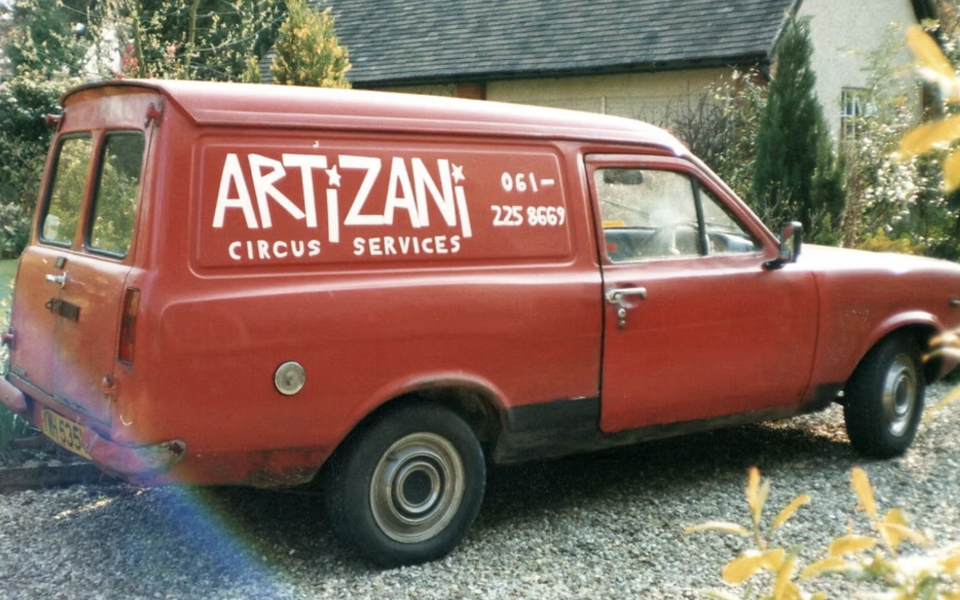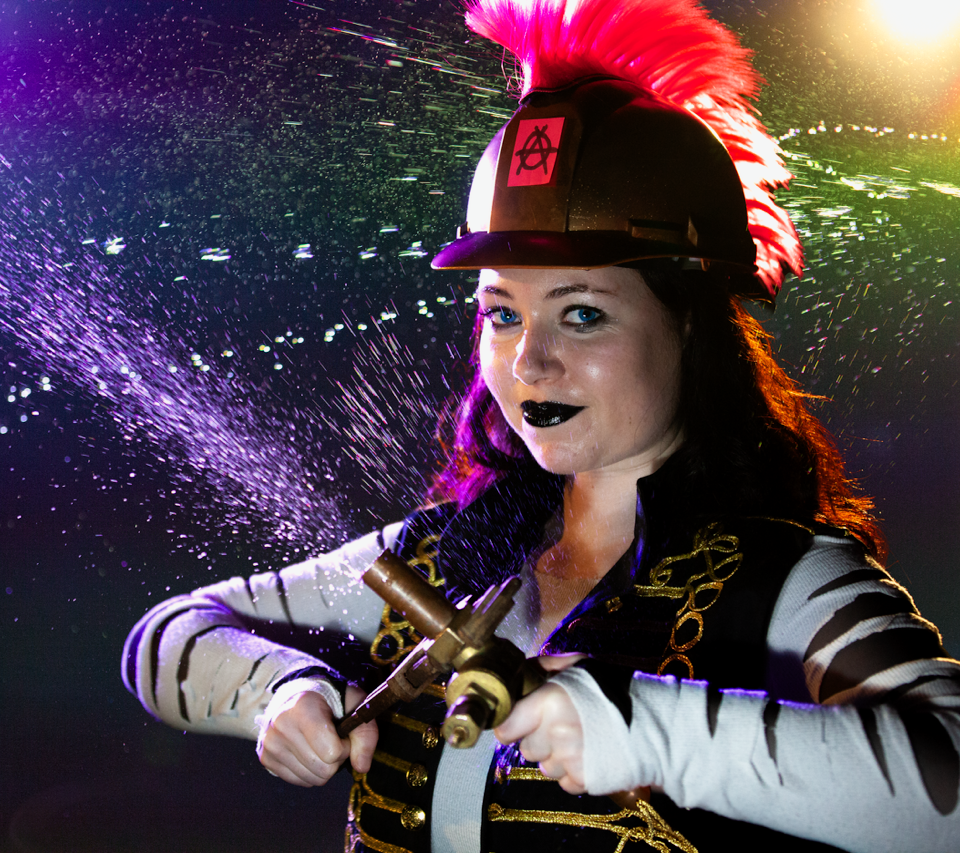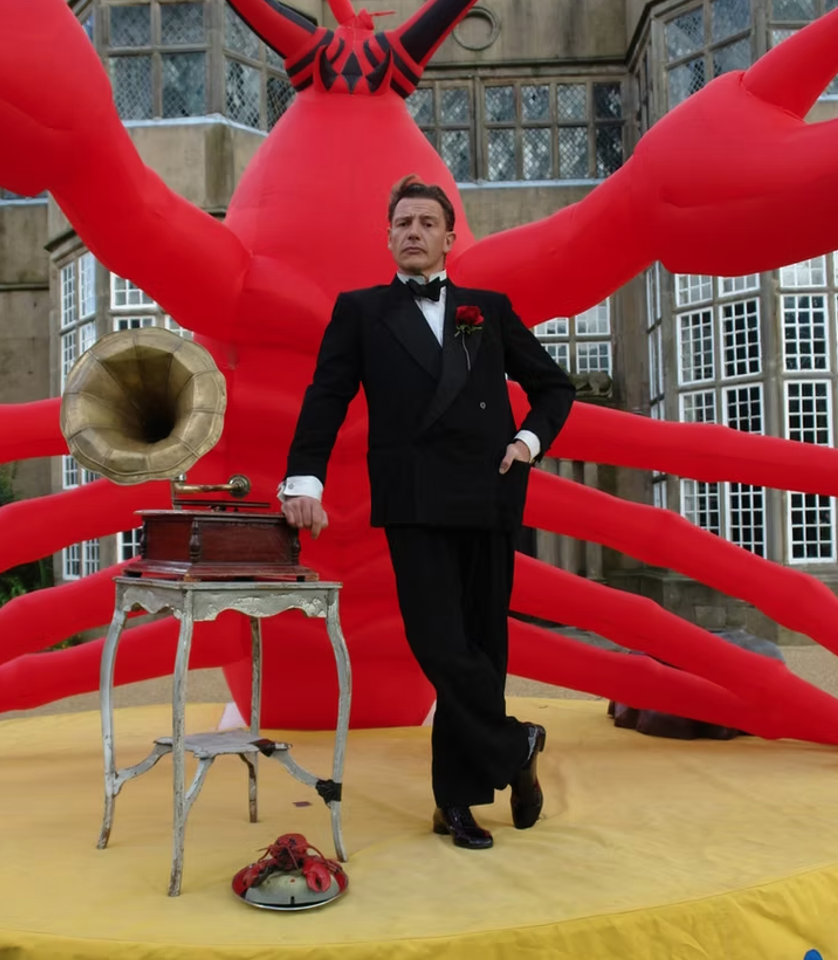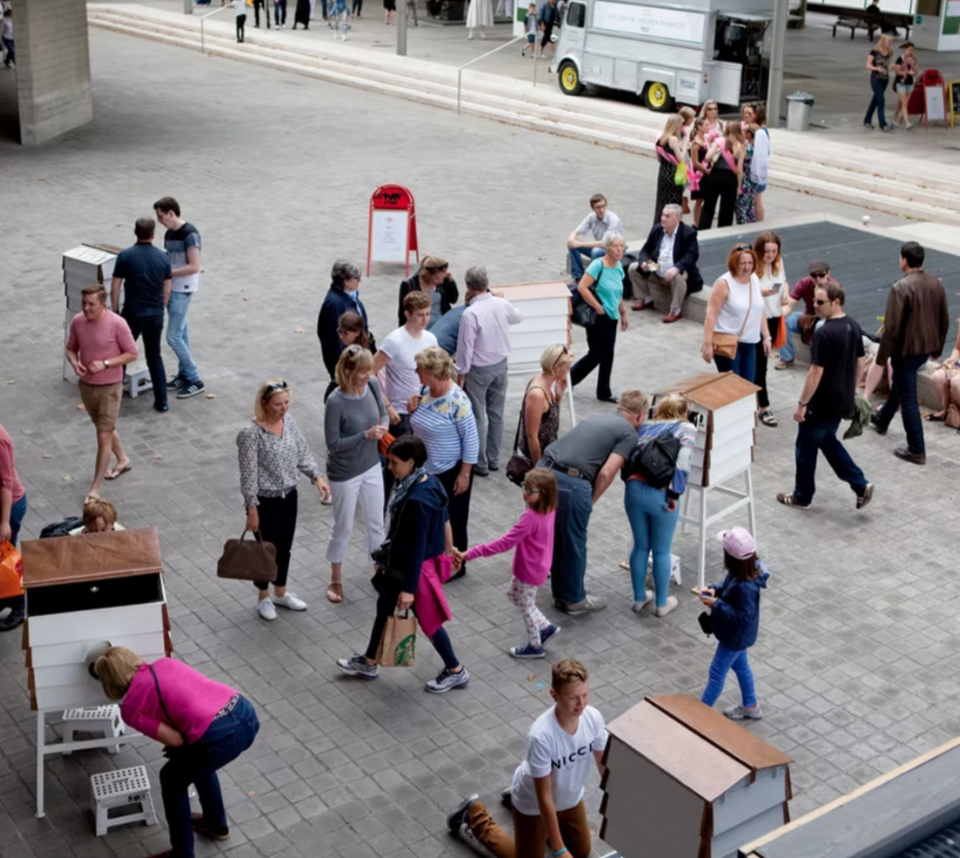GET TO KNOW | Artizani
Artizani’s artistic director, Dr James Macpherson on all things Outdoor Theatre
Artizani’s artistic director, Dr James Macpherson is one of only a tiny handful of people involved in scholarly research into outdoor arts and the way it impacts on place and community. This research underpins the company’s approach and their commitment to the democratisation of art. Artizani span a range of outdoor arts work including small and large-scale static shows; walkabout; parade animations; installations; site-specific work; audience research and consultation. Artizani’s work is accessible and thought-provoking with high production values and a surreal twist. Delivering over 300 performances of various shows a year to audiences in excess of 100,000 with an experienced team of up to 20 performers, makers, designers, writers and directors.
In Hydropunk, we are collaborating with Tenderfoot Theatre, an ecotheatre company based in Lancashire on a mission to create bold theatrical works about climate change. Tenderfoot are a collaborative group of researchers, theatre-makers, designers, and writers, we create work that explores climate change and sustainability in a way that is optimistic, full of energy, and sustainably made at every stage of the process.
29 March 2025
‘What we do is not just outdoors, it’s free at the point of demand…So, what draws us outside? Easy, the audience do!’
– James Macpherson

How did you find your way into dance/theatre and storytelling?
Mainly through mishap, coincidence and barely thought-through life choices: I was inspired by a busker at the Edinburgh Festival in 1984 and, in a vague sense, I quite fancied being him. I moved to Manchester to study Drama, but spent more time at demos and learning circus skills than studying the legitimate theatre. I started Artizani in 1989 with an old Ford Escort van and a vision of making performances on the streets. 35+ years later we are still doing it, using all the lessons we learnt on the way (although the van died in 1994). Since then, we have won awards, been commissioned multiple times, secured ACE funding for several projects and toured all over the world and to most of the UK’s towns and cities.
In 1989, outdoor arts (or street theatre as it was then called) was almost entirely unregulated and minimally funded. It felt like a place for rebels, for chancers and for provocateurs. To me (and you have to remember this was during Thatcher’s Britain) that felt like home!
When do you feel most inspired or creative/what drives you to create?
I often get asked this, or the similar ‘how/why did you come up with all those ideas?’ I don’t really understand the question if I’m honest, it happens when it happens, and I create because what else is there to do? I don’t get why some people aren’t inspired and don’t create…
I am also highly aware of the Lepidopterists Conundrum (you love butterflies, but to study them, you have to stick a pin through them) and so avoid too much introspection, in case it kills the thing I love. I think that the character traits that help me are propensities toward day-dreaming and hyperfocus, as someone said to me the other day, the trick is to have an empty head, because nature abhors a vacuum.
Tell us about Hydropunk
Hydropunk is a durational hybrid of performance and installation that addresses the global and local water crisis. The project involves collaboratively creating a large, site–responsive, gravity–fed water machine with the public over the course of the day. The primary aim is to transport water from one point to another while incorporating various activities along the way. The performance is designed around the challenge of working with finite water resources, necessitating the recycling of water for progress to be made.
Throughout the performance, the set and the machine will be constructed in real time, allowing constant interaction with the public. The collective creation process will be interspersed with performative tests of the progress, engaging the audience in the machine’s trials.
Crucially, audience participation is central to the performance, as the machine can only function with active involvement from the public in its design, operation, and maintenance. For instance, audience members will contribute to recycling the water through transparent filters using human–powered pumps or by participating in a human chain to return water to the reservoir. The intentional vulnerability of the system, including leaks, splashes and squirts necessitates the need for collective effort and creates various roles for the audience, such as water carriers, pump riders, and leak pluggers. This approach aims to foster shared social identity and raise awareness about water preservation and management, aligning with UN sustainability goal six.

What were the very early points and inspirations for work?
I came up for the idea for the show when researching the Roman history of Exeter for another project, and I became a bit obsessed with gravity fed water systems…this melded with a lifelong love of Heath Robinson machines and the belief that what the world was missing was a new artform: performance plumbing.
What has making the show been like?
So far, lots of brainstorming with many pages of flip charts and filled and hundreds of post-it notes stuck on. We have begun purchasing and adapting the key structural elements as well as wind testing the water tower. Several of the elements are in construction and we are tying down the last few commissions. Everything comes together in April and then we will have a period of intensive rehearsal for the performers.
What draws you outdoor arts?
Feel free to read my 80,000 PhD thesis, which goes into this in some depth!…but the short answer is democracy. What we do is not just outdoors, it’s free at the point of demand; it’s not just outdoors, it is in accessible, public space. So, what draws us outside? Easy, the audience do!


Explore the WELCOME WEEKEND